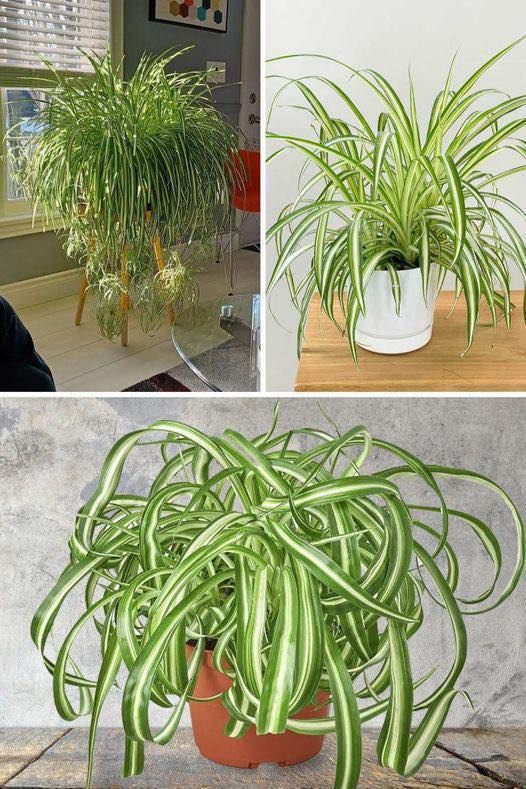ADVERTISEMENT
### Caring for the Phalanx (Spider Plant): Tips for a Thriving Indoor Beauty
The **Phalanx**, commonly known as the **Spider Plant** (*Chlorophytum comosum*), is a popular houseplant loved for its resilience, easy care, and attractive foliage. With its long, arching green leaves and characteristic “baby spiders” or offshoots that dangle from the mother plant, the Spider Plant is a perfect addition to any home or office. Whether you’re a seasoned plant parent or a beginner, caring for this plant is relatively straightforward. Here’s everything you need to know to keep your Phalanx thriving.
—
#### **Why is the Spider Plant So Popular?**
The Spider Plant is an excellent choice for beginners due to its hardiness and ability to adapt to various conditions. It’s known for its air-purifying qualities, making it a great companion for improving indoor air quality. With minimal maintenance, the Spider Plant thrives in most environments, tolerating a wide range of temperatures, light levels, and humidity conditions.
—
#### **Optimal Growing Conditions for the Phalanx**
1. **Light Requirements**
Spider plants do best in **bright, indirect light**. They can tolerate low light but may not produce as many “babies” or may have less vibrant foliage. A spot near a window with filtered sunlight is ideal. Avoid direct sunlight for prolonged periods, as it can scorch the leaves.
2. **Temperature Range**
These plants prefer **moderate temperatures** ranging from **60°F to 75°F (16°C to 24°C)**. They can tolerate slightly cooler temperatures but should be kept away from cold drafts or frost, as they are sensitive to extreme cold.
3. **Humidity Preferences**
Spider plants thrive in **average humidity** levels. They are adaptable and can tolerate lower humidity, but if your home is particularly dry, occasional misting or a humidity tray can help keep them happy. They do well in most indoor environments, from living rooms to bathrooms.
—
#### **Watering the Spider Plant**
Overwatering is a common mistake when caring for Spider Plants. The key is to allow the soil to dry slightly between waterings.
1. **Watering Schedule:**
– During **spring and summer** (the growing season), water the plant when the top inch of soil feels dry.
– In **fall and winter**, reduce watering frequency, as the plant’s growth slows down during this period. Ensure the soil isn’t soggy, as it can lead to root rot.
2. **Water Quality:**
Spider plants are sensitive to **fluoride** in tap water, which can cause the leaf tips to turn brown. If possible, use distilled water or let tap water sit for 24 hours before using it to water your plant.
—
#### **Soil and Fertilizing**
1. **Soil Type:**
Spider Plants prefer **well-draining soil**. A general-purpose potting mix works well, but you can mix it with sand or perlite for better drainage. Avoid heavy, clay-based soils that hold too much moisture.
2. **Fertilizing:**
Feed your Spider Plant with a **balanced liquid fertilizer** diluted to half strength. Fertilize every 4-6 weeks during the growing season (spring and summer). Reduce feeding in the fall and winter, as the plant’s growth slows down.
—
#### **Repotting the Phalanx**
Spider plants tend to become root-bound over time. Repotting is necessary when the roots outgrow the current pot. Repot every 1-2 years or when you notice the plant becoming crowded or stunted in growth.
1. **Choose a Larger Pot:**
Select a pot that’s 1-2 inches larger in diameter than the current one to give the roots space to grow. Make sure the new pot has drainage holes.
2. **Repotting Process:**
– Gently remove the plant from its current pot, being careful not to damage the roots.
– Trim any dead or damaged roots before placing the plant in the new pot.
– Fill with fresh potting mix, ensuring the root ball is level with the top of the pot.
For Complete Cooking STEPS Please Head On Over To Next Page Or Open button (>) and don’t forget to SHARE with your Facebook friends
ADVERTISEMENT
